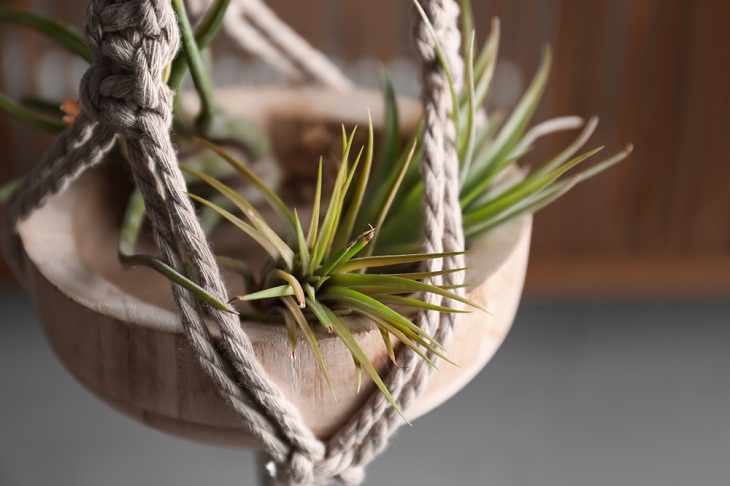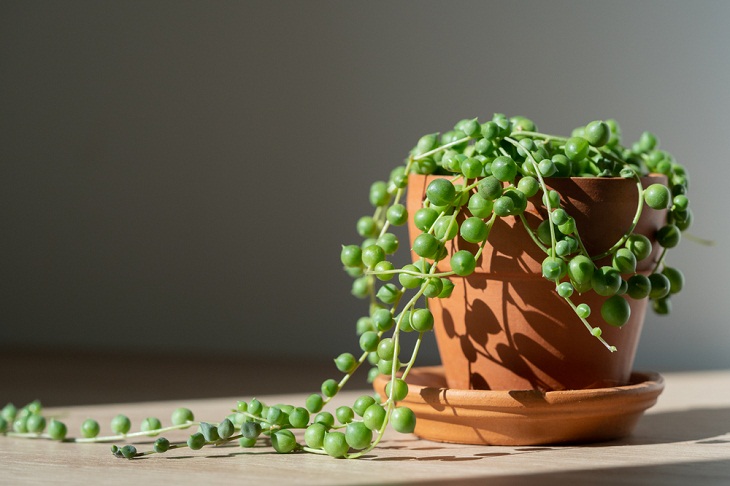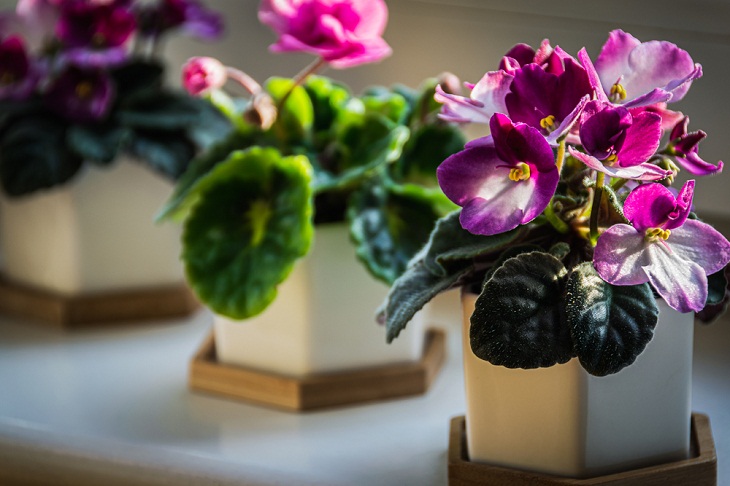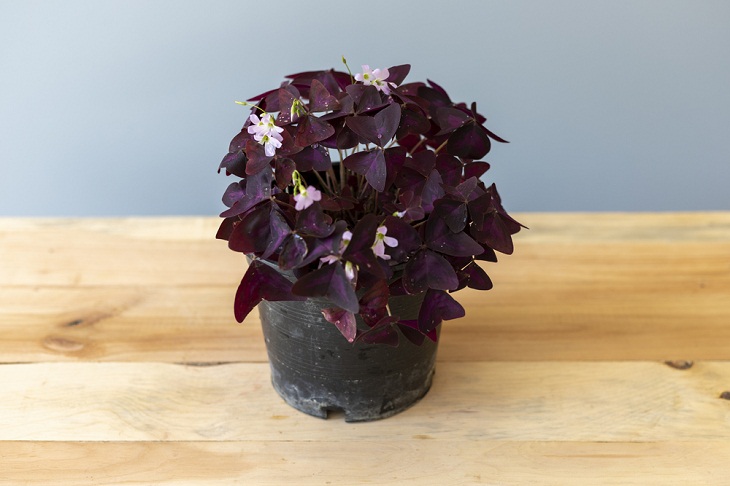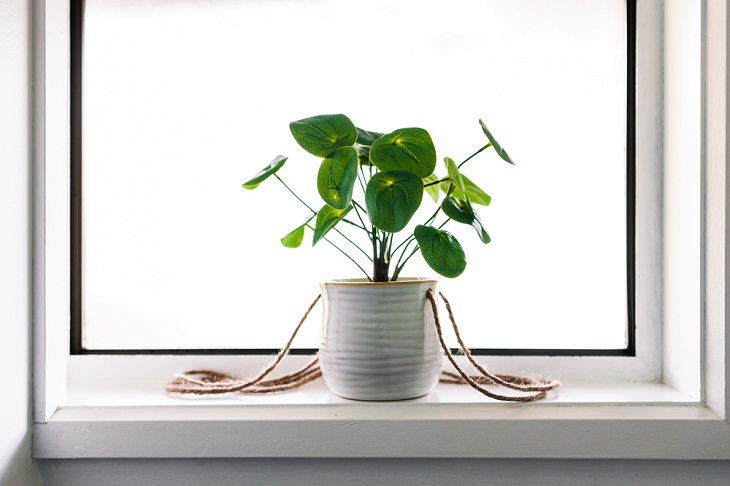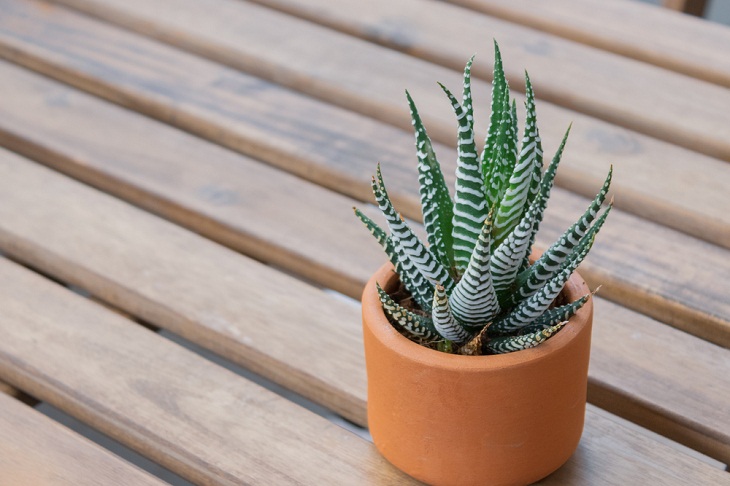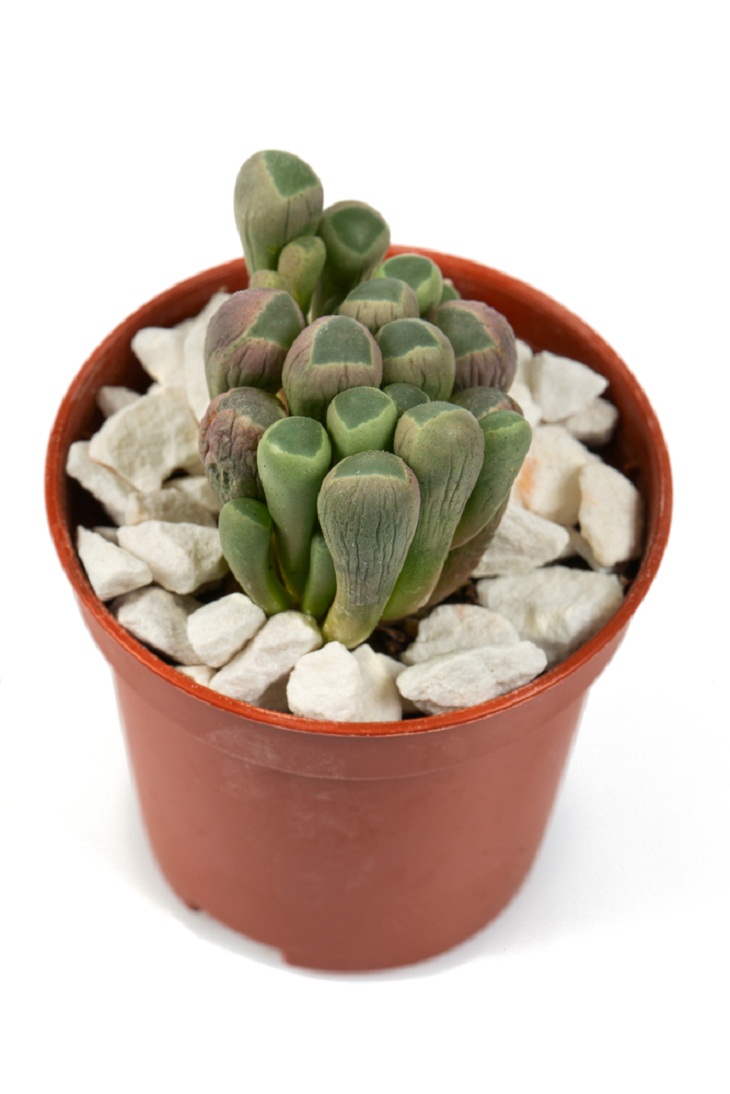You won't find a better low-maintenance houseplant that also looks beautiful. These plants thrive by clinging to branches in areas free from frost, extracting the necessary moisture from the air through the uniquely adapted scales on their spiky leaves.
You can display them by mounting them on driftwood, arranging them in a basket, or even creating a soil-free miniature terrarium. Their growth is very slow, and all they require is a few hours of partial sunlight and a weekly dunk in water to stay hydrated.
2. String of Pearls
The Senecio genus of succulents offers a variety of gorgeous leaf shapes, including Senecio rowleyanus, commonly known as the string of pearls.
The distinct leaf structure of this plant allows it to thrive in its natural habitat of South Africa. The spherical leaves are designed to retain water efficiently while minimizing surface area to prevent excessive evaporation.
When grown indoors, the string of pearls gracefully cascades from a small hanging container in a warm room with filtered light. To maintain its shape and size, simply trim the pearls whenever necessary.
3. Living Stones
Lithops spp., known as living stones or pebble plants, are unique succulent plants that have adapted to resemble the pebbles and rocks found in their natural African habitats. These plants grow close to the ground and have a remarkably slow growth rate.
Similar to other succulents, these diminutive plants thrive in high temperatures and require minimal watering. If you're looking for an indoor plant, consider getting one or more pebble plants. They are exceptionally easy to care for and will never exceed 3 inches in height.
4. African Violets
The delicate and stunning African violets (Saintpaulia ionantha) can grace your home with their beauty for over six months each year. Although these plants, native to Tanzania, are best known for their indoor growth abilities and flowering capabilities, many of their attractive attributes can be observed even when they are not in bloom, such as their lush, dark green leaves that are covered with fine hairs. African violet flowers can remain in bloom throughout the year when properly cared for.
To encourage blooming, keep these plants in small pots. Ensure that your African violets remain adequately moist and have limited space for their roots to thrive. Additionally, please provide them with ample, bright light and nourish them with a balanced flower fertilizer to maintain their optimal performance throughout the year.
5. Purple Shamrock
The Oxalis genus encompasses numerous clover species, some of which are considered weeds while others are prized for their aesthetic appeal. Among these, there are burgundy or red varieties that can produce yellow or white flowers, often referred to as "purple shamrocks" or "false shamrocks." Their name is derived from their resemblance to the traditional Irish shamrock, which is commonly referred to as a three-leafed clover.
These plants are also known for their photophilic nature, whereby both their flowers and leaves open and close in response to light. When cultivated in containers, they typically reach a height of six inches and a width of eight inches. It is advisable to maintain a slightly dry environment for them.
6. Chinese Money Plant
The Chinese money plant (Pilea peperomioides) is renowned for its attractive pancake-shaped leaves. This low-maintenance succulent remains compact, particularly when placed in a smaller container.
Ideal for window sill gardens, this adorable plant requires ample sunlight, well-drained potting soil, and minimal watering to thrive. If cared for properly, the Chinese money plant will produce beautiful, circular leaves for a long period of time.
7. Zebra Cactus
The Haworthia fasciata, popularly known as Zebra Plant, is a petite succulent that typically reaches a height of only 5 to 8 inches. It is an excellent addition to your indoor succulent garden. With its thick, dark green leaves adorned with horizontal white stripes on the outer surface, this succulent will certainly liven up your home. The leaves have a smooth texture on the inside.
Their growth rate is limited to a few inches per year. You should water them every few weeks or whenever the soil becomes dry, and place them in a location with either bright or medium light in your house. Haworthia grows best in sandy, well-draining, neutral soil that provides adequate moisture in the summer and relatively dry conditions in the winter.
8. Baby Toes
The baby toes (Fenestraria rhopalophylla) succulent gets its name from its compact growth habit and unique tubular leaves that resemble toes, featuring translucent tips. Like other succulent plants, it thrives in a well-lit area with indirect sunlight.
Taking care of baby toes succulents involves providing them with ample sunlight and watering them infrequently, which is typical for succulents. As long as they receive sufficient sunlight, these heat-loving succulents require relatively little attention. Baby toes have an active growth period during fall, winter, and spring, while they remain dormant in the summer.

